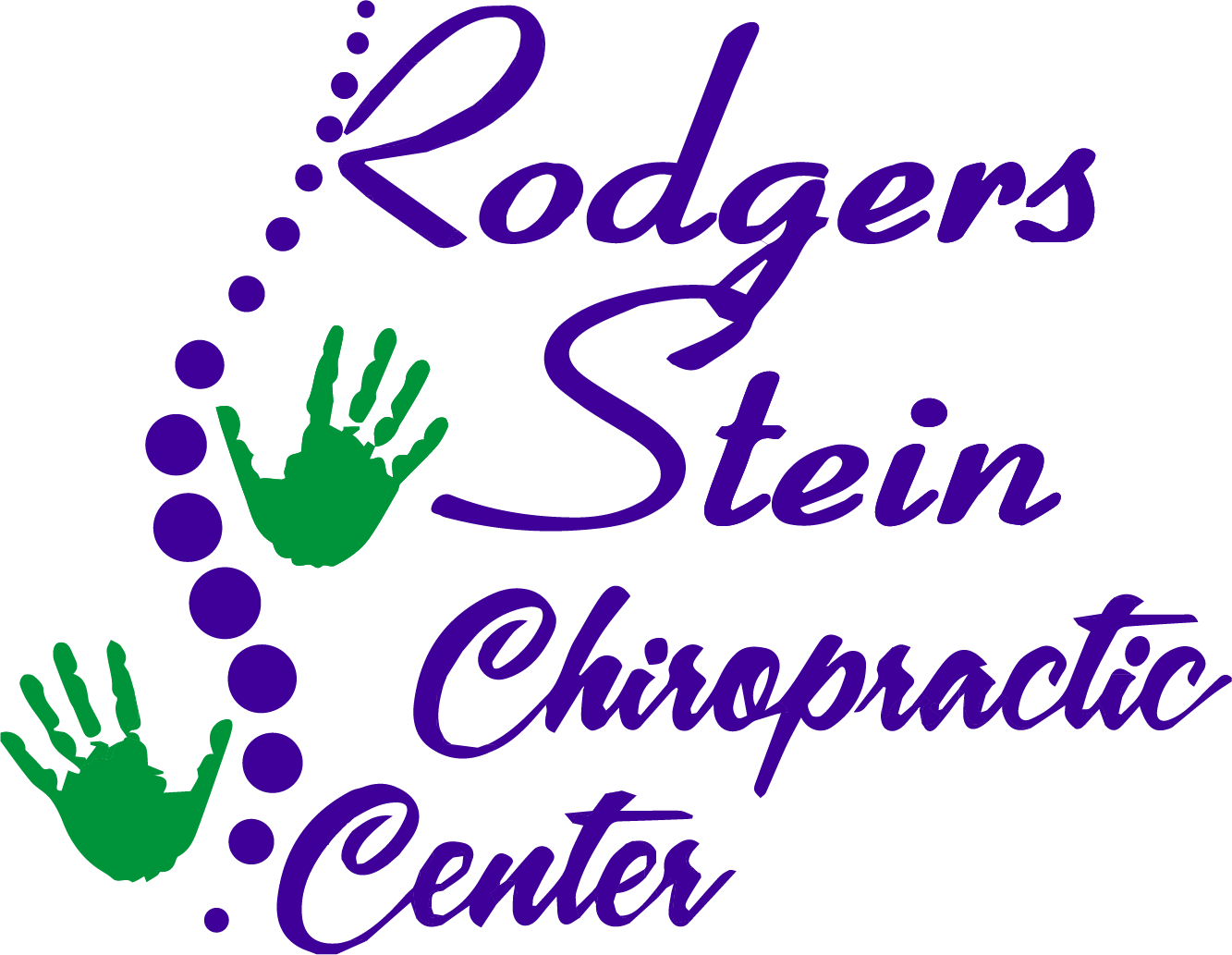If you're spending long hours at a desk, you might be experiencing discomfort that affects your productivity. Optimizing your workspace with an ergonomic setup can greatly improve your posture and overall well-being. Simple adjustments, like monitor height and chair selection, can make a world of difference. However, it's not just about the desk—regular movement and specific exercises can also play an essential role in alleviating stiffness. Discovering the right techniques and habits could be the key to enhancing your daily comfort, so let's explore what you can implement starting today.
Ergonomic Desk Setup
Creating an ergonomic desk setup is vital for your comfort and productivity. When you arrange your workspace thoughtfully, you reduce strain on your body and enhance your efficiency.
Start by making sure your desk and monitor are at the right height. Your monitor should be at eye level, about an arm's length away. This positioning helps prevent neck strain and keeps your back aligned.
Next, focus on your keyboard and mouse placement. They should be at a height that allows your elbows to remain at a 90-degree angle, close to your body. This prevents excessive reaching, which can lead to shoulder and wrist discomfort. If your desk is too high, consider using a keyboard tray or an adjustable desk to achieve the proper height.
Lighting also plays a significant role in your setup. Confirm your workspace is well-lit to minimize eye strain. Natural light is ideal, but if that's not an option, use adjustable lamps to eliminate glare on your screen.
Don't overlook the importance of decluttering your desk. Keeping essential items within reach prevents unnecessary twisting and reaching, which can cause discomfort over time.
Finally, remember to take regular breaks. Stand up, stretch, and move around every hour to maintain circulation and reduce fatigue.
Proper Chair Selection
How do you choose the right chair for your desk job? First, consider your body type and personal comfort. A chair that fits you well can greatly improve your posture and reduce strain. Look for adjustable features like seat height, armrests, and lumbar support. This way, you can customize the chair to your specific needs.
Next, prioritize lumbar support. A chair with good lumbar support encourages proper spine alignment, which helps prevent back pain. If the chair doesn't have built-in support, consider using a cushion or lumbar roll to maintain the natural curve of your lower back.
Seat depth and width are also essential. Make sure the seat is wide enough to support you comfortably without feeling cramped. The depth should allow you to sit back while keeping a few inches between the edge of the seat and the back of your knees.
Don't overlook the material. Breathable fabrics can keep you cool during long hours, while padding should be ample but firm enough to prevent sinking.
Finally, test it out if possible. Sit in different chairs and pay attention to how they feel. You should be able to sit comfortably for hours without discomfort.
A well-chosen chair can make a world of difference in your desk job experience, helping you stay focused and pain-free. So take your time and invest in a chair that supports your health and productivity.
Regular Movement Breaks
Even with the right chair, sitting for extended periods can lead to stiffness and discomfort.
That's why regular movement breaks are essential for maintaining your posture and overall well-being. By incorporating short breaks into your routine, you can relieve tension, boost circulation, and improve your focus.
Here are three simple ways to integrate movement breaks into your day:
- Set a Timer: Use a timer or an app to remind you to stand up and move every 30-60 minutes. This helps create a habit of regular breaks, ensuring you don't get lost in your work.
- Walk Around: When it's time for a break, take a quick walk around your office or home. A change of scenery can refresh your mind and help combat fatigue. Even just walking to get a glass of water can break the cycle of inactivity.
- Perform Quick Movements: Use your break time for simple movements like leg lifts, ankle rolls, or calf raises. These exercises can be done right at your desk and help prevent stiffness and discomfort from prolonged sitting.
Stretching and Strengthening Exercises
Incorporating stretching and strengthening exercises into your daily routine can greatly enhance your posture and reduce discomfort from prolonged sitting. These exercises target the muscles that support your spine and help counteract the effects of slouching at your desk.
Start with simple stretches to relieve tension. Neck stretches are effective; gently tilt your head toward one shoulder and hold for 15-30 seconds, then switch sides. Shoulder rolls can also help; roll your shoulders forward and backward in a circular motion to release tightness.
Next, focus on your back. Try the cat-cow stretch: on your hands and knees, alternate between arching your back upward and lowering it while lifting your head. This not only stretches your back but also strengthens your core.
For strengthening, consider planks and wall sits. Planks engage your entire core and can be done anywhere. Aim for 20-30 seconds, gradually increasing as you build strength. Wall sits work your legs and glutes, helping you maintain an upright posture.
Don't forget about your hips; hip flexor stretches can alleviate tightness from sitting. Stand and take a step back with one leg, bending your front knee while keeping the back leg straight. Hold for 15-30 seconds, then switch sides.
Incorporating these exercises into your day, even for just a few minutes, can make a significant difference in how you feel at work. Aim for a balanced routine that strengthens and stretches to support better posture and overall well-being.
Posture Awareness Techniques
Throughout your workday, maintaining an awareness of your posture can considerably impact your comfort and productivity.
It's easy to slip into poor habits while sitting at your desk, but you can make a conscious effort to stay mindful. Here are some effective techniques to help you improve your posture awareness:
- Set Reminders: Use your phone or computer to set hourly reminders. When they go off, take a moment to check in on your posture. Are your shoulders hunched? Is your back straight? Adjust as needed.
- Mindful Breathing: Incorporate deep breathing exercises into your day. When you take a deep breath, it naturally aligns your spine and encourages you to sit up straighter. Focus on your breath for a few moments, and you'll find it's easier to maintain good posture.
- Posture Checkpoints: Establish specific times throughout your day to evaluate your posture. For instance, check your alignment when you sit down, during phone calls, or before meetings.
This regular self-assessment will reinforce good habits.
Conclusion
Incorporating these solutions into your daily routine can considerably improve your posture and overall comfort while working at a desk. By optimizing your ergonomic setup, choosing the right chair, taking regular movement breaks, and practicing posture awareness, you'll not only alleviate stiffness but also boost your productivity. Remember, small changes can make a big difference, so start implementing these tips today and enjoy a healthier, more comfortable work experience!



